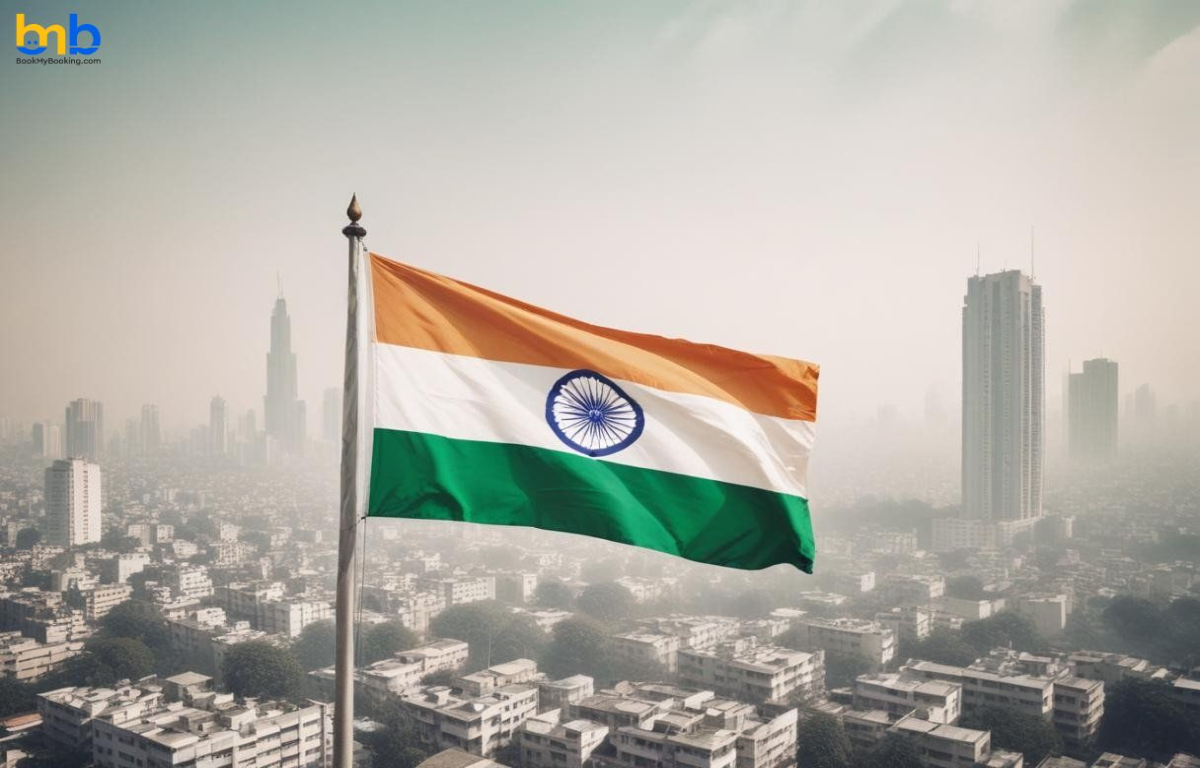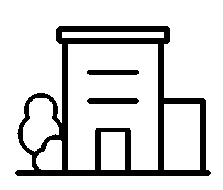The Indian National Flag is a symbol of India's pride, instilling in us a sense of patriotism.
Our Indian flag is the tangible national identity representing India as a sovereign democratic republic. The very sight of our revered national flag fluttering in the wind swells our chest with pride, whether in front of the ramparts of Red Fort or a cricket stadium. Hearts resonate with the national colours driven by national solidarity. The national flag symbolises India's strength, a beacon of collective pride and true Indian spirit. This Independence Day, let us explore the history and origin of the national flag: The Indian flag has three colours in a symmetrical horizontal alignment, and the broad horizontal stripes are called bands. The top band of the flag is saffron, symbolising India's strength and courage. The middle band is white, showcasing peace and truth, while the bottom dark green band depicts the innate reflection of the fertile land, symbolising growth and auspiciousness. The middle white band has the Ashoka Chakra, meaning Wheel of Dharma, with 24 spokes and is centrally positioned in the middle band. It portrays life as all about movement and progress, while stagnation signifies death. The wheel shows the importance of motion, indicating that India should not resist change and always move forward.
History
The present flag was curated by Pingali Venkayya in 1921, but before that, India had various iterations of the national flag dating back to the first nation flag in 1906. It evolved through a journey of freedom movements, discussions, and deliberations.
1906
The first national flag was hoisted in Parsee Bagan Square in Calcutta; it symbolised the Swadeshi movement, resistance, and call for boycotting foreign British goods. Composed of three colours, the flag was green at the top with eight white lotuses, yellow in the middle with Vande Mataram written in Devanagari script, and red at the bottom with a crescent moon and sun in the corners.
1907
The national flag remains the same with slight altercations; Madam Bikaji Cama unfurled the second national flag in the International Socialist Congress at Stuttgart in Germany as an appeal for support for Indian autonomy and agency of oppressive British rule. Also known as the Berlin committee flag, the second national flag's top colour strip changed from green to orange and the lotus to stars. The bottom colour strip went from red to green with the sun, the crescent moon, and the star at the corners.
1917
During the Home Rule Movement in 1917, Annie Besant and Bal Ganghadhar Tilak hoisted a different flag. This flag reflected the demand for greater autonomy and self-governance for Indians within colonial rule. It comprised nine horizontal colour strips: 5 red and four green strips. With the British flag superimposed, seven diagonal stripes are arranged in two lines. The star and crescent moon lies at the opposite corner of the British flag. A vertical black triangle takes up the left border of the blog.
1921
At a Congress session in Bezwada in 1921, Pingali Venkaiah showed Mahatma Gandhi his flag design. It featured white, green, and red horizontal colour strips representing various communities in India, such as minority groups, Hindus, Muslims, and Sikhs. The flag's centre had a Charkha, indicating peaceful harmony that unified these distinct Indian communities. The spinning wheel also portrayed India's progress towards freedom. However, the Indian Congress Committee did not adopt it as the official flag then.
1931
This same flag created by Pringle Venkayya underwent slight modifications. Now, it looks very similar to the current national flag. Pingali's second flag rendition featured a spinning wheel instead of the Dharma wheel in the centre.
1947
After India's independence, a committee was formed with Rajendra Prasad as the head of selecting the national flag. They adopted the existing flag of the Congress committee and replaced the spinning wheel with the Dharma Chakra, which was representative of law, justice and righteousness.
#indianews #indiaupdate #nationalflag #history #freedomfighters #independenceday



